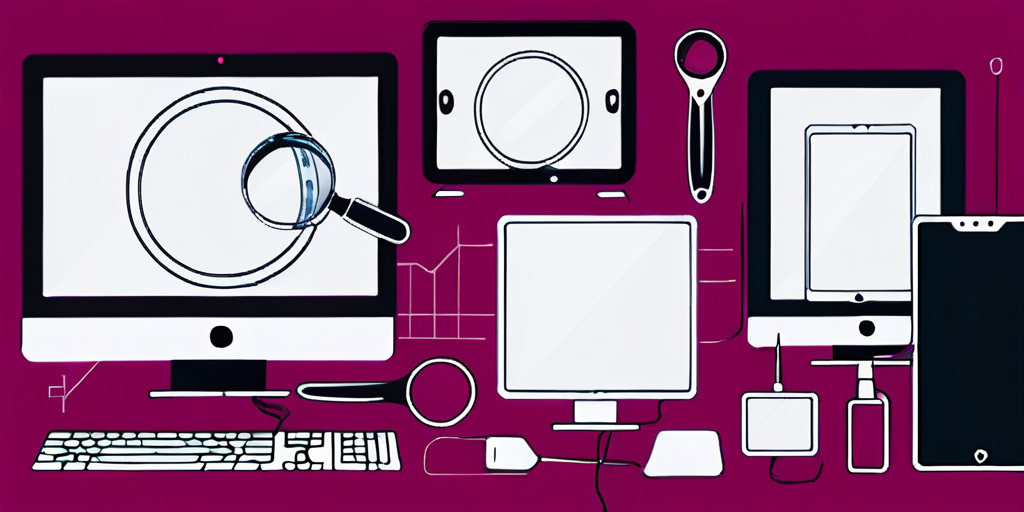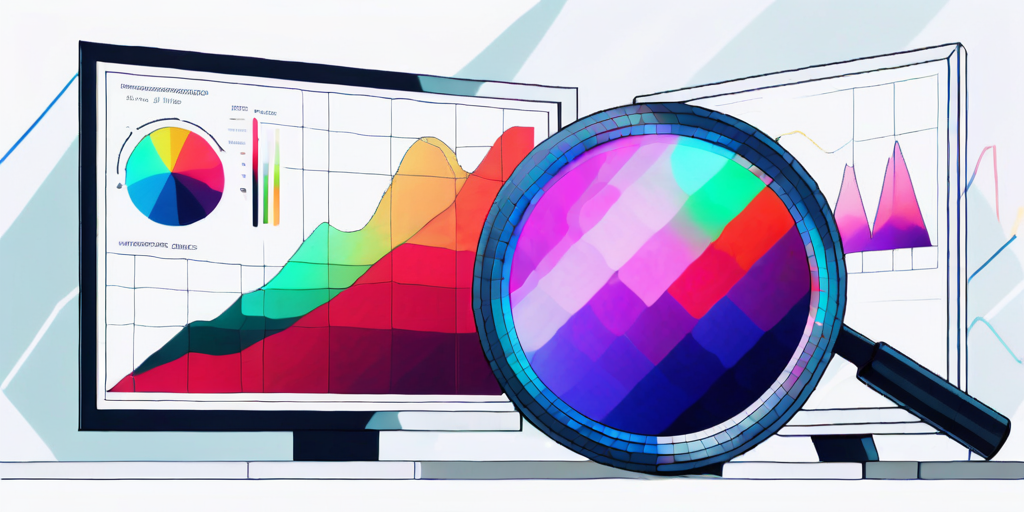In today’s fast-paced world, LED screens have become an integral part of our lives. From advertising billboards to home entertainment systems, these vibrant and energy-efficient displays have revolutionised the way we consume visual content. However, with a plethora of options available in the market, choosing the right LED screen can be a daunting task. In this article, we will explore the key factors to consider when purchasing an LED screen, ensuring that you make an informed decision that aligns with your needs and preferences.
Understanding LED Screen Technology
Before delving into the specifics, let’s start by understanding the basics of LED screen technology. LED, short for Light Emitting Diode, is a semiconductor device that emits light when an electric current passes through it. These tiny LEDs are arranged in clusters to form the screen, creating an immersive and visually striking display. With advancements in technology, LED screens now offer superior image quality, colour accuracy, and energy efficiency compared to their traditional counterparts.

LED screens have revolutionised the display industry by providing exceptional brightness and clarity. The technology behind LED screens allows for precise control over each individual pixel, resulting in sharp images with vibrant colours. This level of detail is especially crucial for applications such as digital signage, where every message needs to be conveyed effectively to the audience.
The Basics of LED Screens
LED screens are available in various sizes and formats, ranging from small indoor panels to large outdoor billboards. Unlike LCD screens, LED screens emit their light, eliminating the need for backlighting and enhancing contrast ratios. This results in deeper blacks, brighter whites, and vibrant colours, ensuring a visually stunning experience.
Furthermore, LED screens are known for their durability and longevity. The solid-state construction of LEDs makes them more resistant to shocks, vibrations, and external damage compared to traditional display technologies. This robustness is a key factor in the widespread adoption of LED screens in outdoor environments where they are exposed to harsh weather conditions.
Types of LED Screens
LED screens can be broadly categorised into two types: conventional RGB LEDs and surface-mounted diode (SMD) LEDs. Conventional RGB LEDs consist of individual red, green, and blue LEDs arranged together to form each pixel. On the other hand, SMD LEDs integrate all three colours into a single package, offering a higher pixel density and improved image quality.
Each type of LED screen has its unique advantages, catering to different applications based on factors such as viewing distance, resolution requirements, and budget constraints. The versatility of LED technology allows for customisation to meet specific needs, making it a versatile choice for a wide range of display solutions.
Factors to Consider Before Purchase
When purchasing an LED screen, there are several factors that warrant careful consideration. Let’s take a closer look at some of the key considerations:

Investing in an LED screen involves a multitude of decisions to ensure you get the best display for your specific needs. Beyond the basic considerations of size and resolution, diving deeper into technical specifications can significantly impact your viewing experience.
Size and Resolution
The size and resolution of the LED screen play a crucial role in determining its suitability for the intended application. Consider the viewing distance and available space to determine the optimal screen size. Additionally, opt for a resolution that ensures sharp and detailed images, especially if you plan on displaying high-definition content.
Moreover, when selecting the screen size, factor in the aspect ratio to ensure compatibility with your content and avoid distortion. A common aspect ratio for LED screens is 16:9, ideal for widescreen content such as movies and presentations.
Brightness and Contrast
Brightness and contrast are essential parameters that dictate the display’s ability to convey vivid and lifelike images. Higher brightness levels ensure that the content remains visible even in brightly lit environments, while a high contrast ratio enhances the visual impact and depth of the displayed content.
Consider the environment where the LED screen will be installed. If it’s a brightly lit area, such as a storefront window, opting for a screen with high nits (unit of visible light intensity) will ensure your content stands out against external light sources.
Refresh Rate and Response Time of LED Screen
The refresh rate, measured in Hertz (Hz), determines how many times the screen updates the displayed image per second. A higher refresh rate results in smoother motion and reduces motion blur. Similarly, the response time, measured in milliseconds (ms), measures how quickly the screen can transition from one image to another. A lower response time minimises ghosting, ensuring crisp and fluid visuals.
For applications involving fast-paced content like gaming or sports broadcasts, a higher refresh rate is crucial to avoid motion artifacts and provide a seamless viewing experience. Pairing this with a low response time ensures that every frame change is rendered smoothly without any lag or blurring.
Evaluating LED Screen Brands
Choosing the right brand is essential to ensure quality, reliability, and after-sales support. Here are a couple of key aspects to consider:

Reputation and Reviews
Before making a purchase, research the brand’s reputation and customer reviews. Look for brands that have a strong track record in delivering high-quality LED screens and have garnered positive feedback from customers.
When evaluating a brand’s reputation, consider factors such as how long they have been in the market, their presence in the industry, and any awards or certifications they may have received. Positive reviews from reputable sources can also give you confidence in the brand’s products.
Warranty and Support for your LED Screen
LED screens are a significant investment, and it is essential to have peace of mind through adequate warranty coverage and reliable technical support. Look for brands that offer comprehensive warranties and responsive customer support to address any contingencies that may arise.
Check the details of the warranty offered by the brand, including the duration, coverage of parts and labor, and any conditions that may void the warranty. Additionally, inquire about the brand’s support services, such as troubleshooting assistance, maintenance programs, and availability of spare parts.
Cost Considerations for LED Screens
While it is crucial to find an LED screen that meets your requirements, it is equally important to consider your budget. Here are a few cost considerations to keep in mind:
Initial Purchase Price
The initial purchase price of an LED screen can vary significantly depending on factors such as size, resolution, and brand reputation. Set a realistic budget that aligns with your requirements and explore options that offer the best value for your investment.
Energy Efficiency and Long-term Costs
LED screens are renowned for their energy efficiency compared to traditional display technologies. Consider the energy consumption of the screen to ensure that it aligns with your sustainability goals and does not result in exorbitant long-term operating costs.
Additionally, when evaluating the initial purchase price, it’s essential to factor in any additional costs that may arise during installation. Depending on the complexity of the setup, you may need to budget for professional installation services to ensure the LED screen is properly integrated into your space.
Warranty and Maintenance of LED Screen
Another crucial cost consideration is the warranty and maintenance of the LED screen. Opt for a screen that comes with a comprehensive warranty to protect your investment in case of any manufacturing defects or malfunctions. Additionally, inquire about the maintenance requirements of the screen to estimate ongoing costs and ensure its longevity.
Installation and Maintenance of LED Screens
Proper installation and maintenance are crucial to maximise the lifespan and performance of your LED screen. Here’s what you need to know:
LED screens are a popular choice for businesses and events due to their vibrant displays and versatility. When setting up your LED screen, it is imperative to ensure that the installation is carried out by professionals who have experience with handling such delicate and sophisticated equipment. This includes not only the physical installation but also the technical aspects such as secure mounting, appropriate wiring to prevent signal interference, and firmware setup to guarantee optimal performance.
Moreover, consider the environmental factors where the LED screen will be placed. Factors such as ambient light, temperature, and humidity can impact the performance and longevity of the display. Properly assessing and addressing these factors during installation can significantly enhance the overall viewing experience and durability of the screen.
Setting Up Your LED Screen
Ensure that the LED screen is installed by professionals who have experience with handling such delicate and sophisticated equipment. Proper installation includes secure mounting, appropriate wiring, and firmware setup to guarantee optimal performance.
Additionally, it is essential to conduct thorough testing post-installation to identify and address any potential issues promptly. This testing phase should encompass not only the visual display but also the functionality of interactive features, if applicable.
Cleaning and Caring for Your LED Screen
Regular cleaning and maintenance are essential to preserve the display quality of your LED screen. Use appropriate cleaning solutions and non-abrasive materials to gently remove dust and smudges. Additionally, adhere to the manufacturer’s guidelines regarding maintenance intervals and recommended practices.
Consider implementing a maintenance schedule that includes routine inspections for any signs of wear and tear, loose connections, or pixel abnormalities. Addressing these issues proactively can prevent more significant problems and extend the lifespan of your LED screen.
Making the Final Decision
When making the final decision, it is crucial to strike a balance between cost and quality while considering your personal needs and preferences. Here’s a final word of advice:
Balancing Cost and Quality
Avoid compromising on quality solely to save costs, as a subpar LED screen may result in poor image quality, reduced durability, and limited support. Assess the long-term benefits of investing in a high-quality LED screen that aligns with your requirements.
Personal Needs and Preferences
Consider your specific needs, whether it’s for commercial applications, home entertainment, or outdoor advertising. Evaluate the features and specifications that matter most to you, such as screen size, resolution, and connectivity options.
When delving into the realm of LED screens, it’s essential to understand the intricacies of display technology. LED screens are known for their vibrant colours, high contrast ratios, and energy efficiency. By opting for a quality LED screen, you can enjoy crisp images and vivid visuals that enhance your viewing experience.
Furthermore, consider the environment where the LED screen will be placed. Factors such as ambient lighting, viewing distance, and mounting options play a crucial role in determining the optimal screen size and display resolution for maximum impact.
As you consider the myriad of factors in selecting the perfect LED screen for your needs, remember that the right partner can make all the difference. TenAV stands at the forefront of AV innovation, offering cutting-edge technology and seamless installation services tailored to your unique requirements. Whether you’re looking to enhance your commercial space, create a dynamic home entertainment system, or elevate your outdoor advertising, we have the expertise to bring your vision to life. With our user-friendly video conferencing solutions and digital signage, you can transform any environment into a hub of productivity and engagement. Don’t navigate the complexities of the ‘hybrid’ workplace alone—let TenAV guide you to a solution that’s as simple as it is effective, all within your budget. Ready to revolutionise your space with the latest in AV technology? Contact Us today and let’s make your vision a reality.

